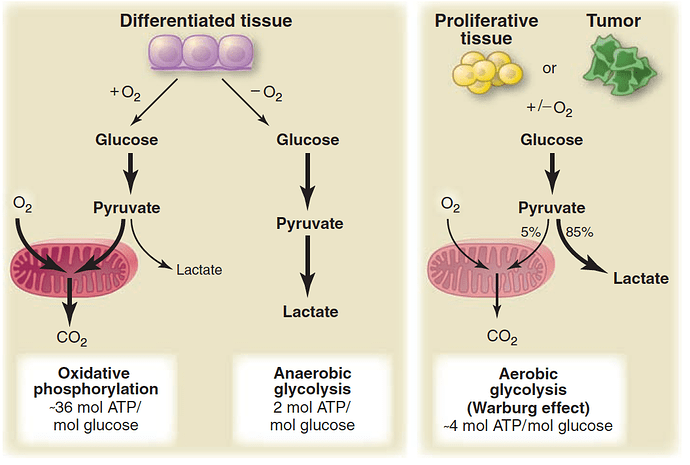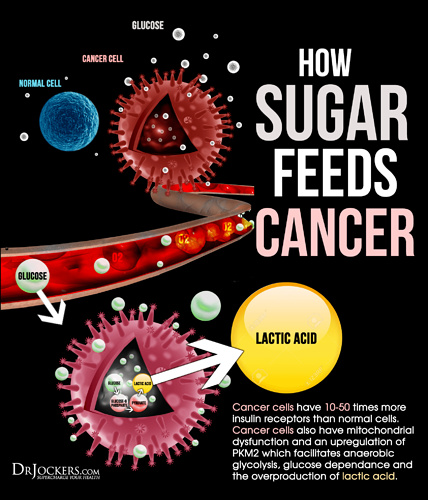Thanks everyone for answering. I can’t say I read every detail of every reference, so I may have missed it… but I still don’t get how production of glucose by the liver is triggered. To say that the concentration of glucose in the sugar falls below a certain level (as I understood it) is the trigger, doesn’t really answer the question. How does the body (or the relevant agent in the body) measure the concentration?
But in looking over the references above on metabolic approach to curing/managing cancer I find some glaring differences between Dr Budwig’s dietary protocal and Dr. Seyfried’s.
Dr Budwig’s diet stresses the importance of the right electro-chemical situation, and presents a combination of flaxseed oil and cottage cheese as the core. The webpage referenced also states
"The following items listed below should be avoided on this diet.
(The reason one needs to exclude these items from his / her diet is that they interfere with the diet by lowering the voltage field in the cells.)
Sugar
All animal fats
All meats
Margarine
Butter
Salad dressing oils- exception extra virgin olive oil and balsamic vinegar or lemon
Foods high in Preservatives
"
Dr. Seyfried’s approach generally includes a Ketogenic diet, which includes avoiding some of this list (e.g. sugar and margarine, processed foods), but apparently encourages animal fats and butter. I understand the hardline ketogenic people to advise against small seed oils. He uses the keto diet in various combinations with other tools. I haven’t gone into great detail in the Budwig protocol, but so far haven’t seen much of this type of combined therapies.
So, what’s the take on the Budwig diet as compared with the ketodiet?
Mohembo



